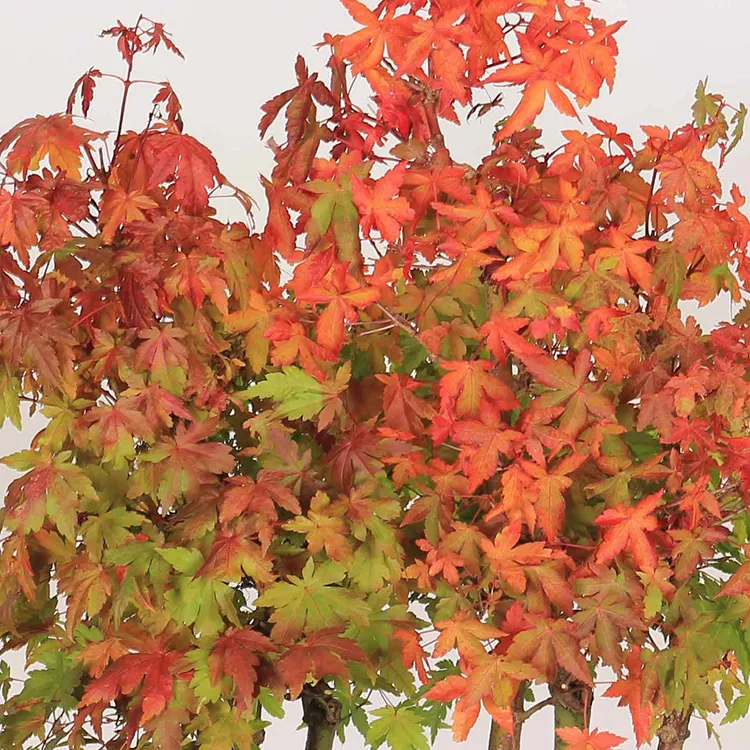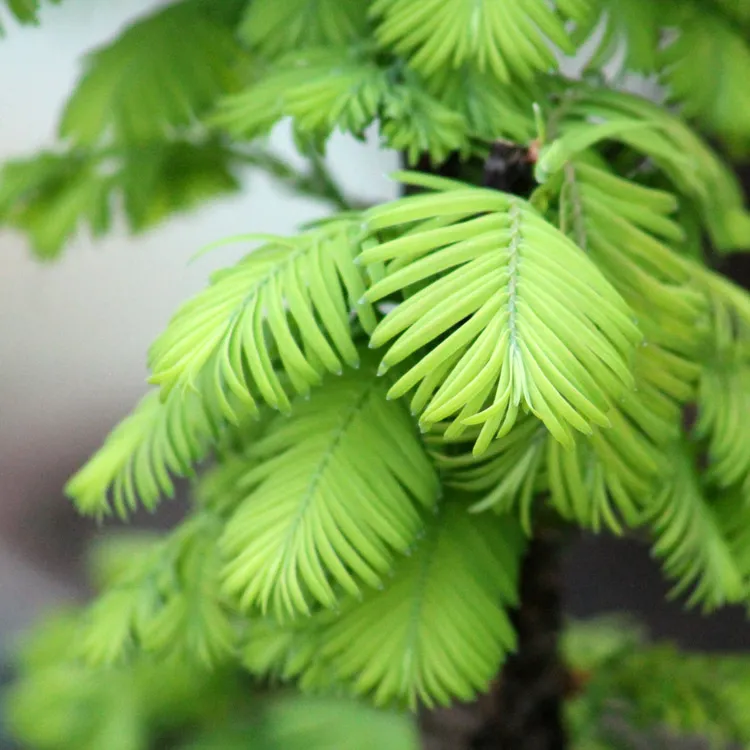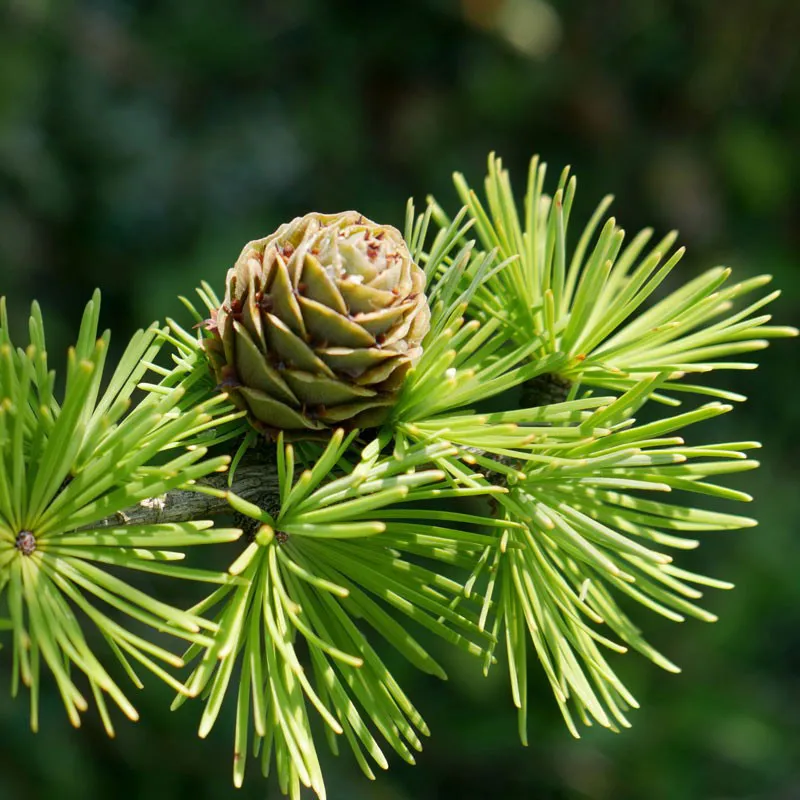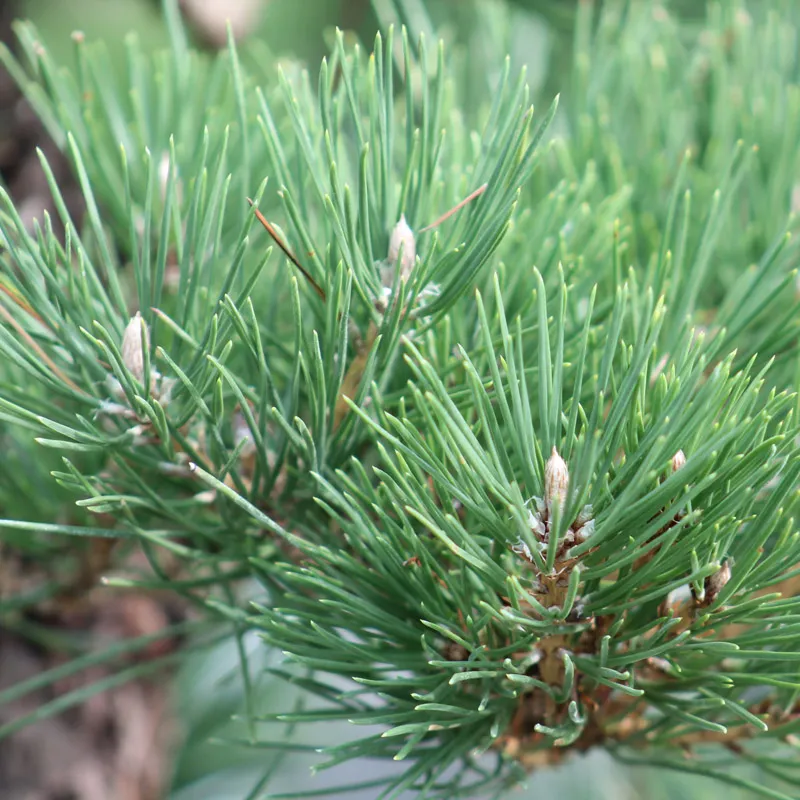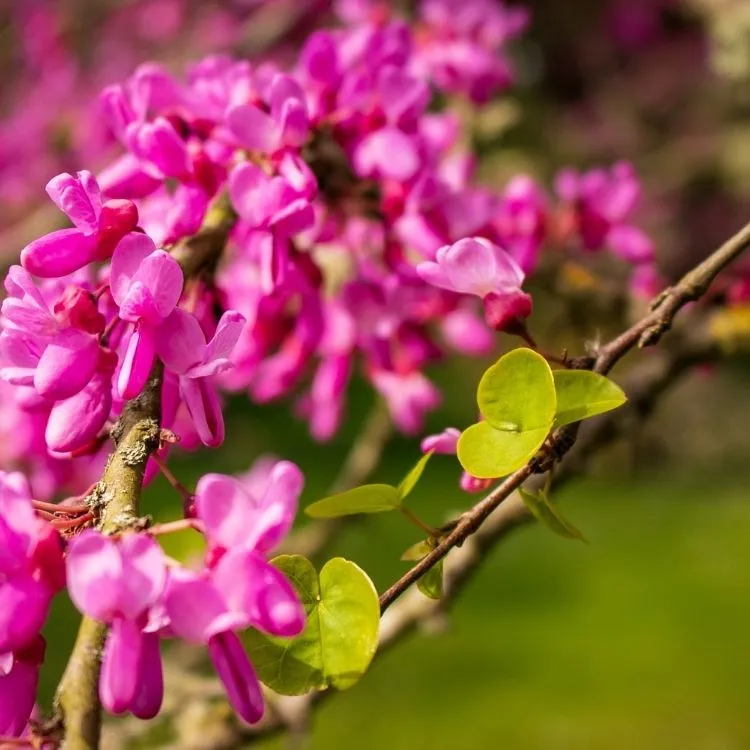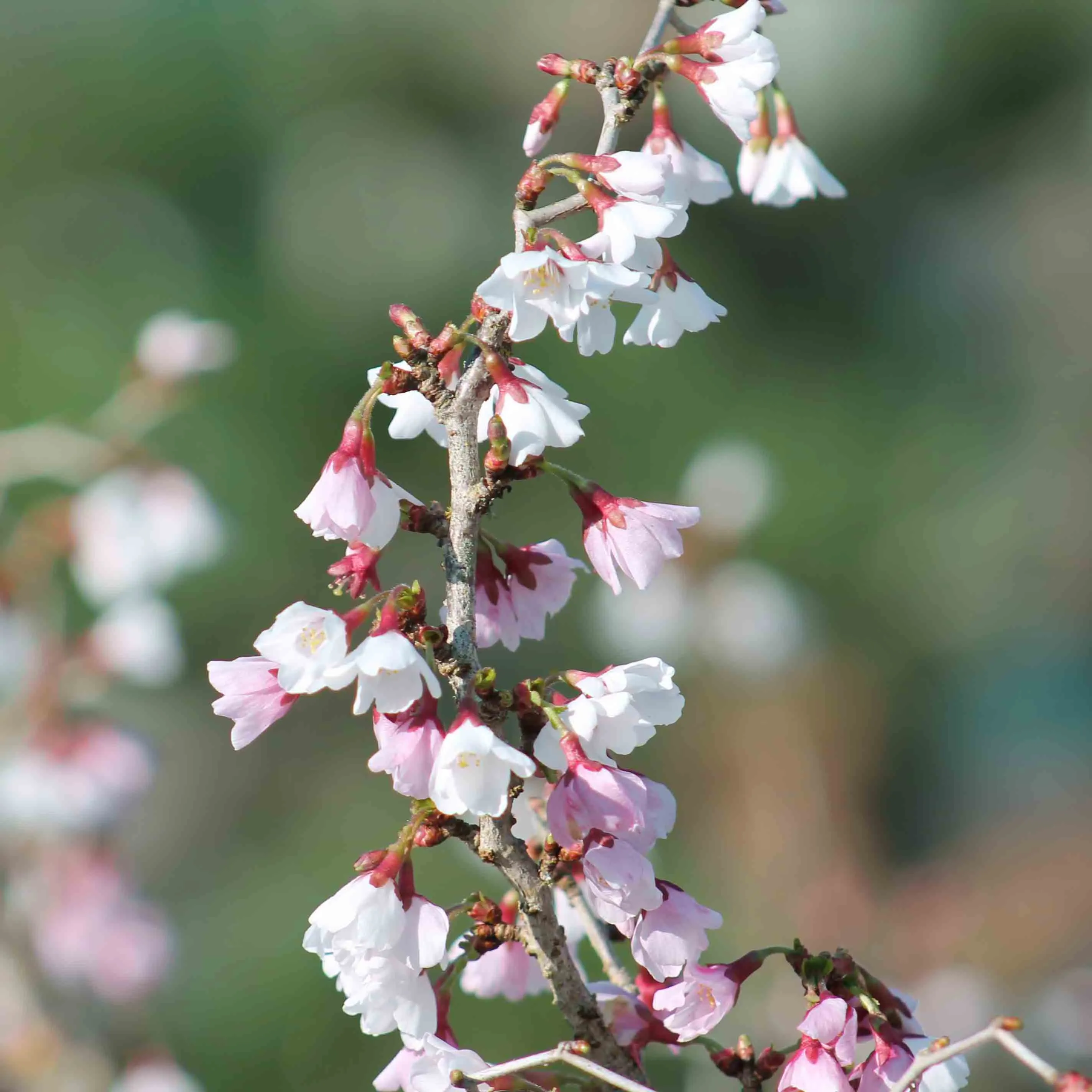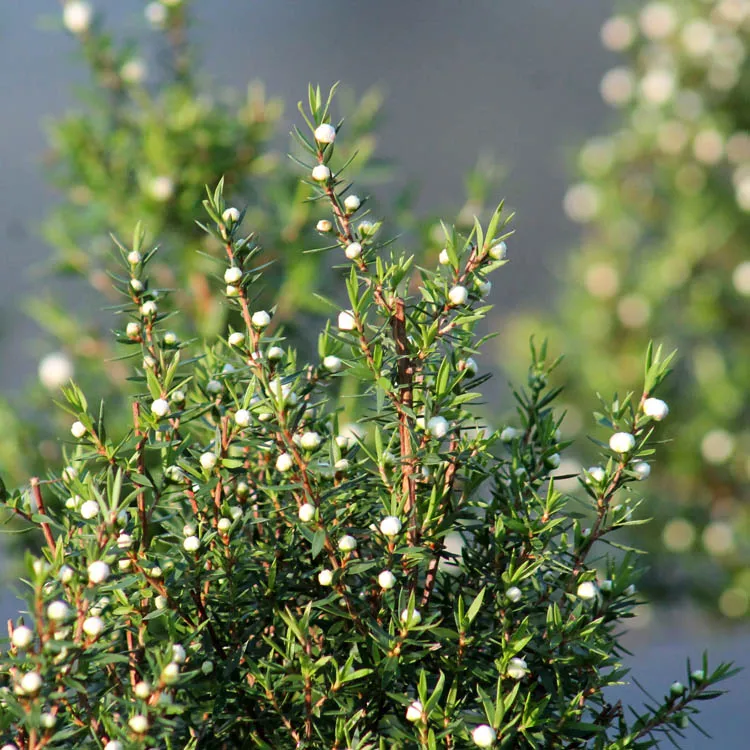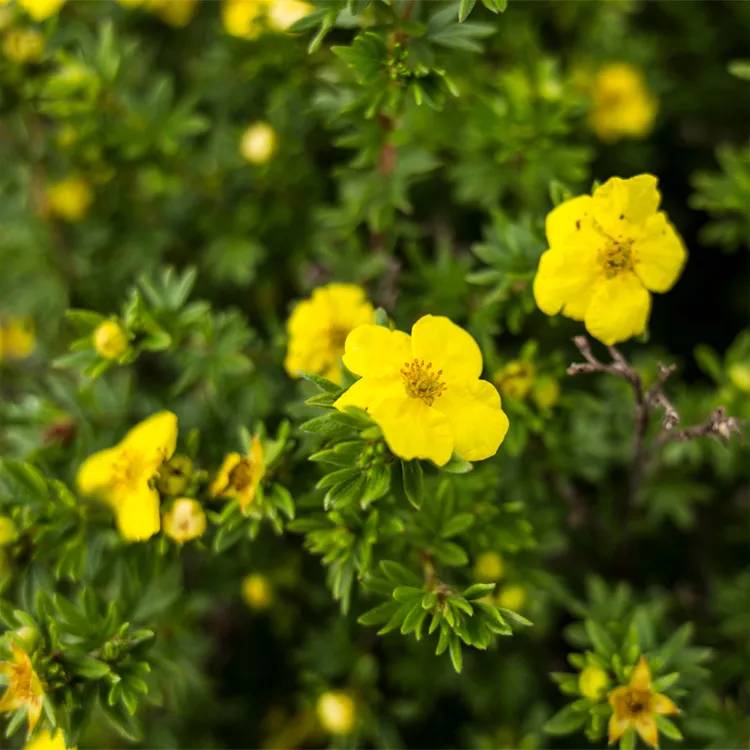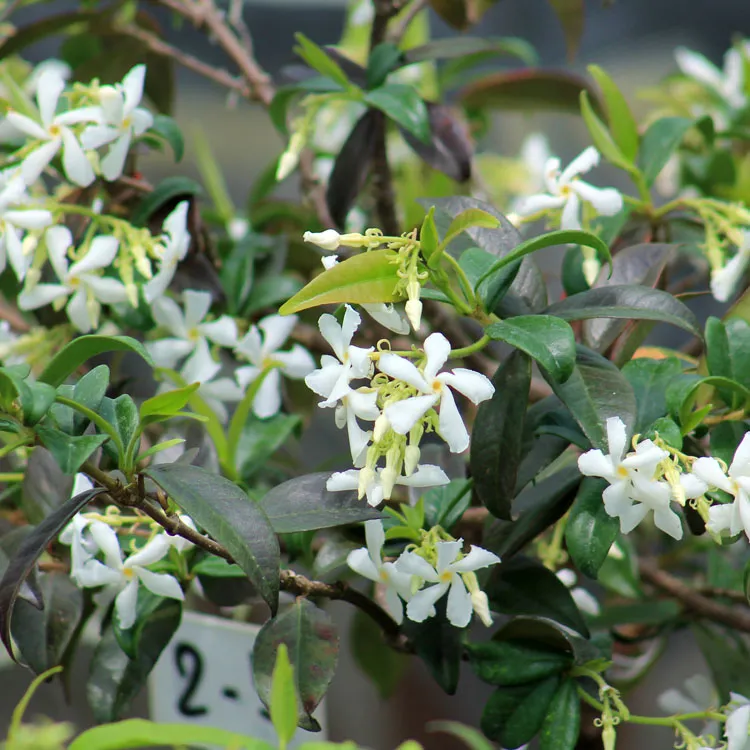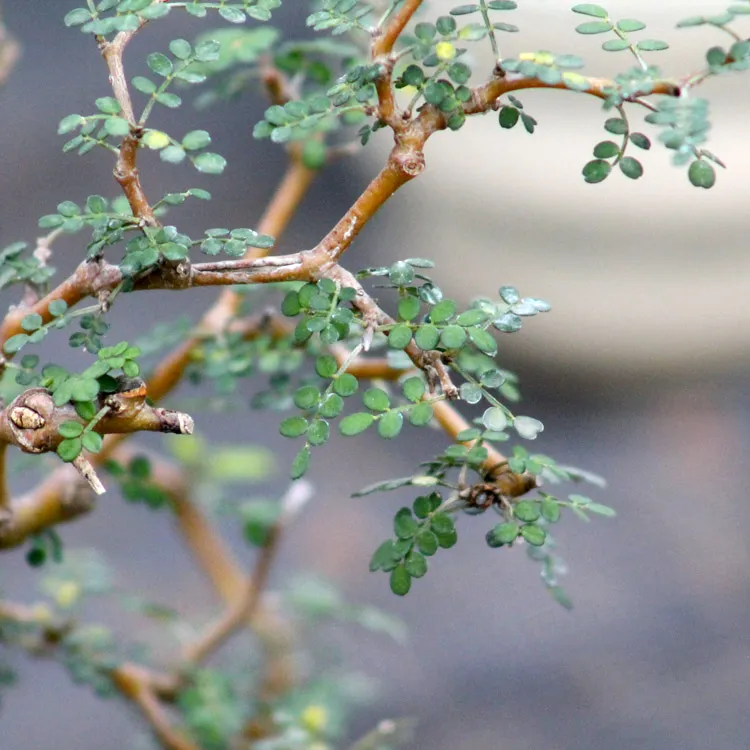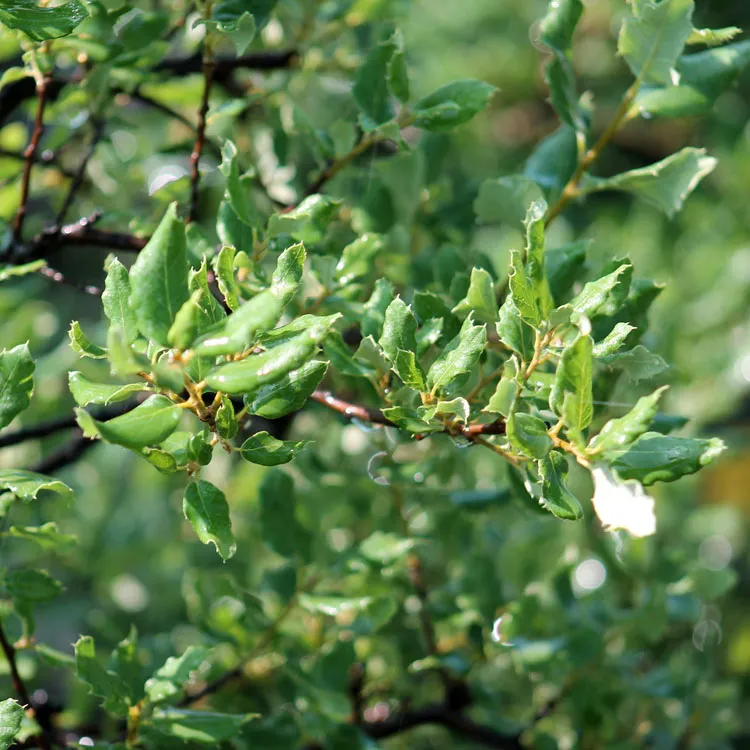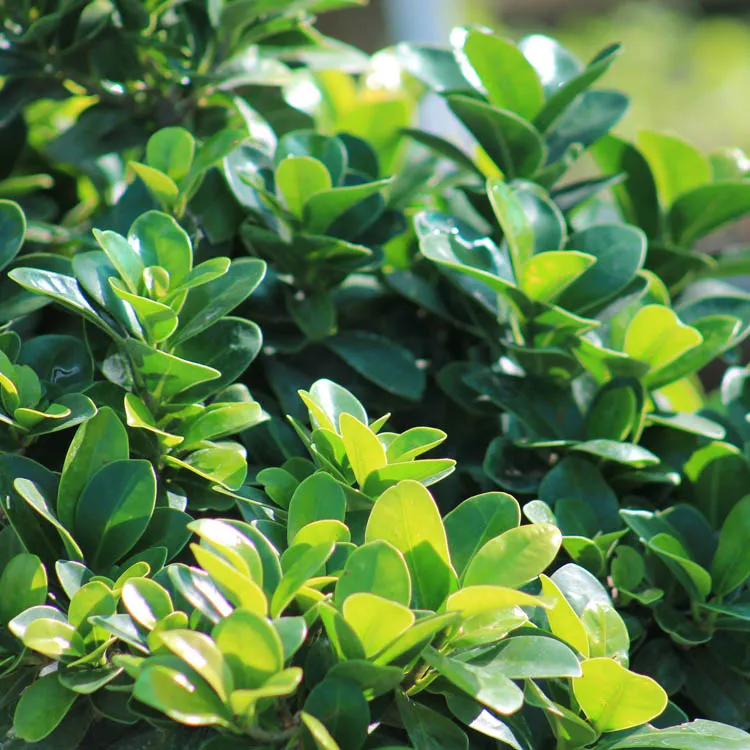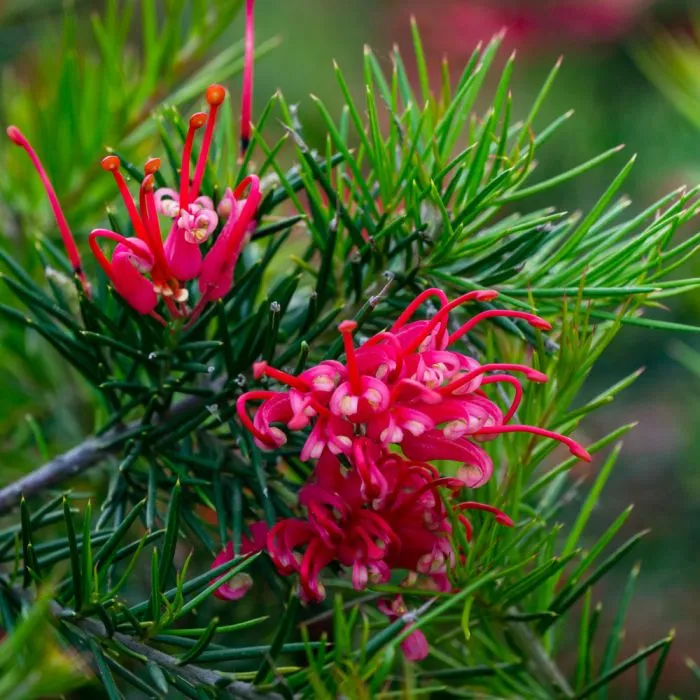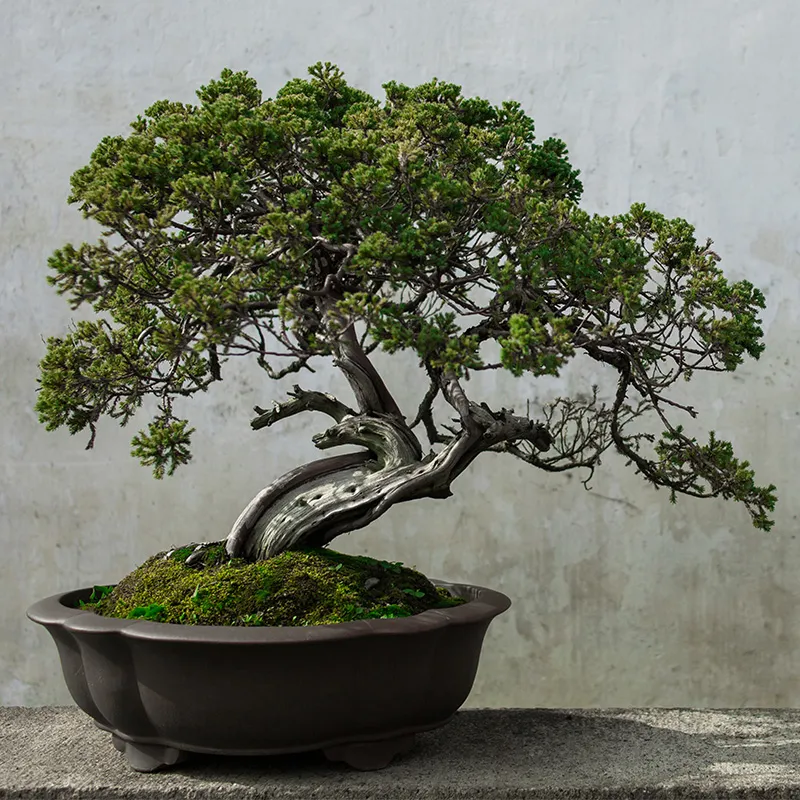February:
The month of February is usually punctuated by hot periods and cold snaps. The sap begins to circulate again, the roots resume their activity and the buds begin to swell
It will therefore be necessary to be vigilant about frost, especially if the first leaves start to come out like on our Kiyohime maples.


Repotting
The time to repot your bonsai depends on the variety and your geographical location. Repotting is a crucial and highly anticipated time for bonsaika. First of all, it allows you to renew the substrate and stimulate the vigour of the tree, but also to see your tree in a new pot, with a different inclination, a new face.
Generally, the months of February and March are suitable for deciduous and coniferous trees. Flowering varieties such as azaleas or camellias will be pruned and repotted after flowering. And tropical ones such as Ficus will be worked and repotted during the warm period (usually in June)
Bonsai trees are usually repotted every 3-4 years, especially if the tree starts to come out of the pot or if water has trouble penetrating during watering due to too compact a substrate.
However, it is essential to take precautions to weaken the tree as much as possible so that it can start again in the spring.
- Dry your tree. Indeed, it will be much easier to repot with a dry substrate. It will be easier to remove without damaging the roots.
- Do not repot in direct sunlight. The fine rootlets can dry out quickly, so it's best to repot in a shady spot and sheltered from the wind.
Watering
As long as the leaves haven't come out, your bonsai needs more moderate watering. In addition, if you have pruned your tree, the need for water will be reduced because the leaf mass will be less important. Wait for the substrate to dry on the surface before watering again.
Fertilizer
Fertilizer is not necessary at this time. Optionally, you can use it for pre-bonsai leaves that need to grow bigger. For established trees, it will be necessary to wait for the opening of the candles for conifers and the appearance of the first leaves for deciduous trees.
Waist
You can prune on a large majority of trees. Avoid flowering varieties such as azaleas, camellias, apple trees, quince trees as well as tropical plants.
Ligation and guying can be continued. However, it will be necessary to be vigilant in the spring with the resumption of vegetation that the wires do not enter the bark, especially on maples or oaks which can mark very quickly.


 Production of French Bonsai
Production of French Bonsai


